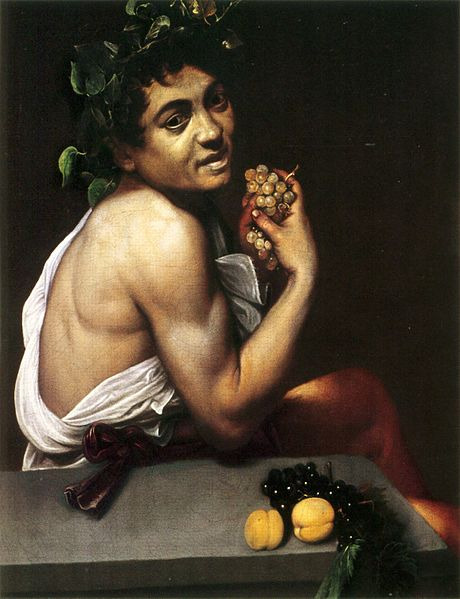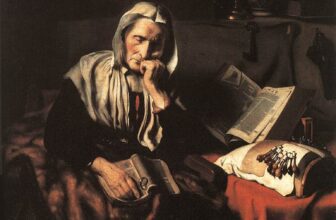
Did Caravaggio have a lover?
Early Life: The Seeds of a Troubled Soul
Caravaggio was born into a world of instability. His father, Fermo Merisi, was a steward for a powerful noble family, the Sforzas, while his mother, Lucia Aratori, came from a modest background. The family’s fortunes took a devastating turn when the plague struck Milan in 1576, claiming the lives of Caravaggio’s father and grandparents. This tragic event forced the family to relocate to the small town of Caravaggio, from which the artist would later take his name.
At an early age, Caravaggio demonstrated exceptional artistic talent. He was apprenticed to Simone Peterzano, a Lombard painter and former pupil of Titian. Under Peterzano’s tutelage, Caravaggio honed his skills, particularly his mastery of chiaroscuro, the dramatic interplay of light and shadow that would become his hallmark. Despite his technical prowess, Caravaggio’s rebellious spirit and volatile temperament often set him at odds with authority.
Love Life: Passion and Mystery
The details of Caravaggio’s romantic life remain elusive, as historical records provide scant evidence of his intimate relationships. However, his works often hint at deep personal connections and complex emotions. Scholars have long debated whether Caravaggio’s love life included relationships with both men and women, as his art frequently explored themes of sensuality and human vulnerability.
One of the most speculated figures in Caravaggio’s life is Mario Minniti, a Sicilian artist and close companion. Minniti appears in several of Caravaggio’s early paintings, such as The Musicians and Bacchus, leading some to believe that their relationship may have transcended friendship. While no definitive evidence confirms a romantic bond, their close association during Caravaggio’s formative years in Rome suggests a deep and enduring connection.
Caravaggio also maintained relationships with women, some of whom were his models and muses. Fillide Melandroni, a well known courtesan in Rome, is one such figure. She posed for several of Caravaggio’s works, including Judith Beheading Holofernes and Saint Catherine of Alexandria. Their relationship, whether professional or personal, reflects Caravaggio’s fascination with strong, defiant women.
The Rebel Artist: Why Caravaggio Was Rejected
Caravaggio’s meteoric rise in the art world was matched only by his penchant for controversy. His groundbreaking style, characterized by realism and unflinching depictions of human emotion, challenged the conventions of the time. While this earned him both acclaim and patronage, it also provoked criticism and rejection.
One of the primary reasons for Caravaggio’s rejection was his defiance of traditional religious iconography. In works like The Death of the Virgin and The Madonna of Loreto, Caravaggio depicted sacred figures in a naturalistic manner, using ordinary people as models. His portrayal of the Virgin Mary as a lifeless, bare-footed woman, believed to be modeled on a drowned prostitute, outraged the clergy and conservative patrons.
Caravaggio’s volatile personality further alienated him from society. He was notorious for his violent temper and frequent brawls. In 1606, a quarrel over a game of tennis escalated into a fatal altercation, resulting in the death of Ranuccio Tomassoni. Branded a murderer, Caravaggio fled Rome, living as a fugitive in Naples, Malta, and Sicily. Despite his efforts to secure a papal pardon, his reputation as a criminal overshadowed his artistic achievements.
The Story of Love and Rebellion
Caravaggio’s life was a constant interplay of light and darkness, mirroring the chiaroscuro technique that defined his art. His relationships, whether romantic, platonic, or professional, reveal a man driven by passion and a deep yearning for connection. Yet, his inability to conform to societal norms made him an outcast, rejected by the very institutions that had once celebrated his genius.
Today, Caravaggio’s art continues to resonate, offering a window into the complexities of the human experience. His works remind us that beauty often emerges from struggle, and that the brightest light can only be understood against the deepest shadow. Though the details of his love life and the reasons for his rejection remain partially veiled, Caravaggio’s legacy endures as a testament to the power of authenticity and the enduring impact of a singular vision.




